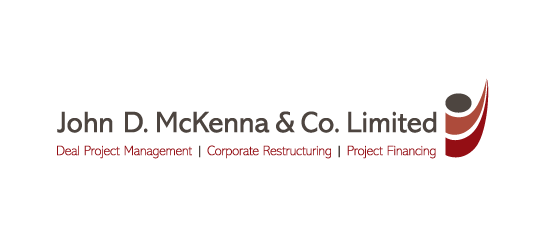Here are the key elements of an effective capital raising proposal.
1. Step into the shoes of investors
Understand how they weigh risk and returns.
2. Outline the business model and where you see the business going
a. Articulate your sustainable strategic advantage. Explain the problem and how your product or technology solves it in a superior way.
b. Articulate a clear vision of what is possible and formalise a plan for achieving it.
c. Explain where the business is now and where you believe it can be.
3. Secure key assets, relationships and IP
a. Protect your IP assets as far as possible. Eg Formalise protection via trademarks, patents etc.
b. Lock down key supplier and licence arrangements that underpin your position.
4. Showcase your track record of achievement (if there is one)
Explain your expertise and how competent you and your team are at delivering.
5. Determine what resources are required
a. Including money, expertise, technology, people etc.
b. Work out how much each will cost and how long it will take to acquire it.
c. Work out how much money you will need in total.
d. Plan to take as little cash off the table as possible, so most or all of the investors’ funds are available to grow the business.
6. Explain in detail what you need the money for
a. Break your goals into discrete stages.
b. Set out key milestones that will be achieved along the way.
c. Work out how much money you need to complete each stage.
d. Break the investment into instalments with drawdowns conditional on achievement of those milestones.
This provides a staged investment plan for the investors and reduces their overall risk.
7. Decide on the overall value of the business with the investors’ funds included
Decide on what share of the business the investors’ funds will buy.
8. Decide on the optimal organisational, legal and financial structure
a. Work out the degree to which you will accept equity or debt, or a combination of both.
b. Also consider loans with options to convert to shares.
9. Decide on the profile of the investors
a. their industry experience
b. financial capacity
c. active or passive
d. strategic fit eg ready-made distribution channel.
10. Set out exit strategies for the investors, including how and when
11. Set out all the above items in an Information Memorandum or Prospectus
12. Engage an appropriate M&A Advisory firm
a. A firm that has the expertise and the resources to perform effective direct targeted marketing on a large scale.
b. A firm that can facilitate negotiations and the process to completion.
John Mc Kenna is Principal at John D Mc Kenna & Co. Limited – a financial consultancy specialising in raising investment capital.
He can be contacted on 01 9011677 / 086 8530013 john@jmckenna.ie or www.jmckenna.ie
